PPT-1 Sacred places in the Treaty Relationship
Author : test | Published Date : 2017-04-17
Senwung Luk As Long As The Rivers Flow Conference Crowns Perspective Focus on the Treaty surrender clause the said Indians DO HEREBY CEDE RELEASE SURRENDER AND
Presentation Embed Code
Download Presentation
Download Presentation The PPT/PDF document "1 Sacred places in the Treaty Relationsh..." is the property of its rightful owner. Permission is granted to download and print the materials on this website for personal, non-commercial use only, and to display it on your personal computer provided you do not modify the materials and that you retain all copyright notices contained in the materials. By downloading content from our website, you accept the terms of this agreement.
1 Sacred places in the Treaty Relationship: Transcript
Download Rules Of Document
"1 Sacred places in the Treaty Relationship"The content belongs to its owner. You may download and print it for personal use, without modification, and keep all copyright notices. By downloading, you agree to these terms.
Related Documents

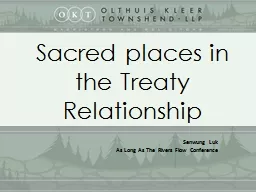
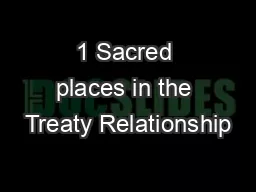

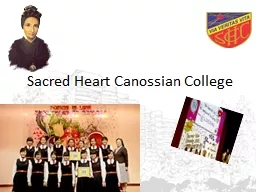

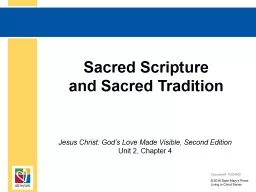

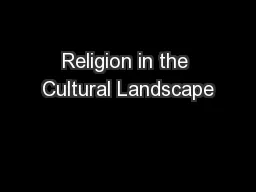
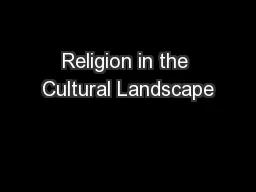
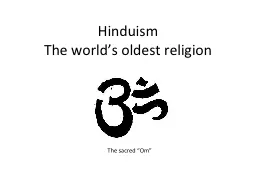
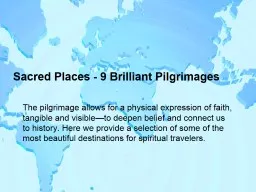
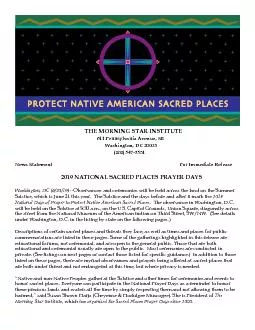
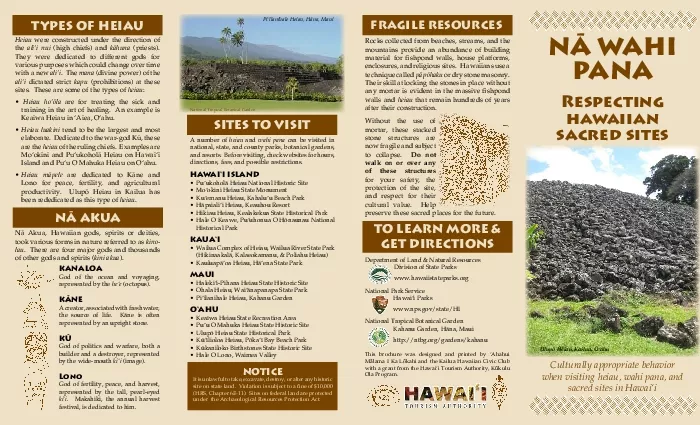
![[EBOOK]-Sacred Places North America: 108 Destinations (Sacred Places: 108 Destinations](https://thumbs.docslides.com/958366/ebook-sacred-places-north-america-108-destinations-sacred-places-108-destinations-series.jpg)